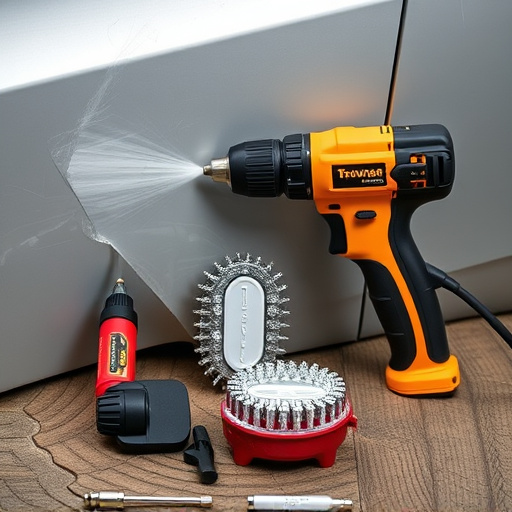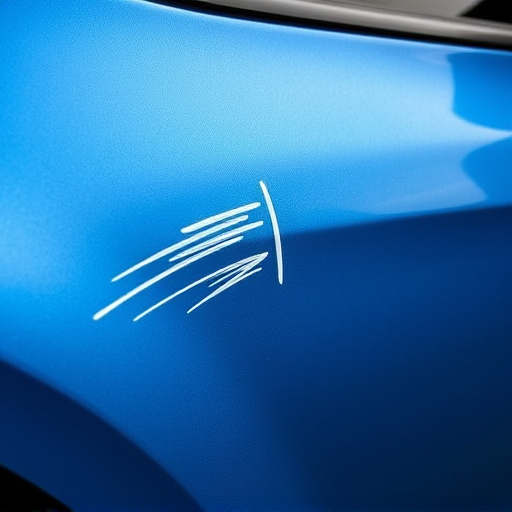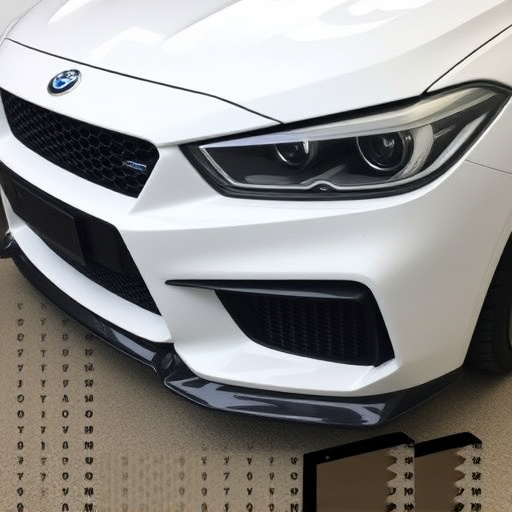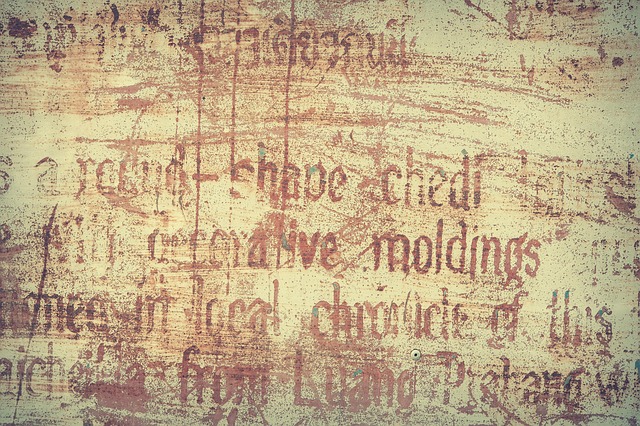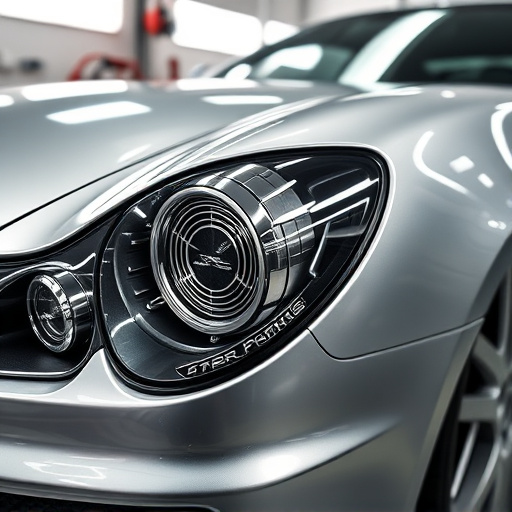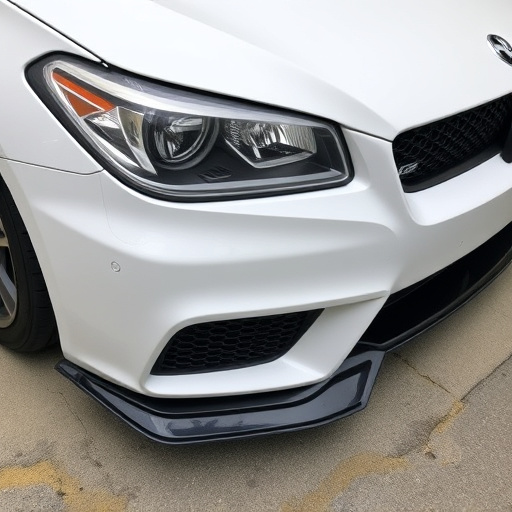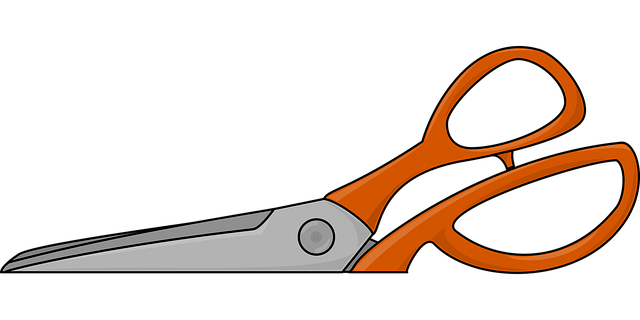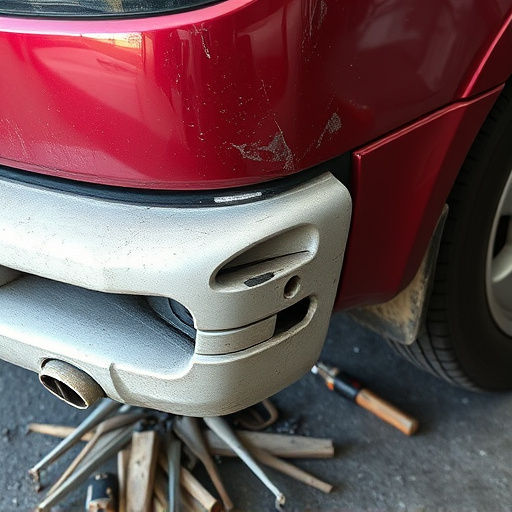In today's automotive industry, mastering advanced sectioning procedures is crucial for body shops and collision centers due to complex vehicle designs featuring lightweight materials, sophisticated electronics, and intricate safety systems. Traditional methods may not suffice for repairing modern cars with nuanced features like hidden seams and surface finishes, demanding specialized tools and techniques. The industry addresses these challenges through digital tools like CAD and 3D printing for precise repair, collaborative team efforts for seamless integration, and continuous training on cutting-edge sectioning procedures to ensure structural integrity, aesthetic appeal, and safety in all aspects of automotive repair.
Modern vehicle designs, while boasting innovation and safety advancements, present unique challenges for efficient sectioning procedures. As cars evolve with advanced features and materials, traditional disassembly methods may no longer apply. This article delves into the complex landscape of understanding modern vehicle sectioning procedures, exploring the hurdles posed by intricate designs and offering strategies to overcome these challenges, ensuring sustainable and effective vehicle dismantling practices for a rapidly changing automotive industry.
- Understanding Modern Vehicle Sectioning Procedures: A Complex Landscape
- Challenges Arising from Advanced Vehicle Designs
- Strategies to Overcome Sectioning Hurdles in Contemporary Cars
Understanding Modern Vehicle Sectioning Procedures: A Complex Landscape

In modern vehicle designs, understanding sectioning procedures is navigating a complex landscape. With advancements in automotive technology, cars have become increasingly intricate, featuring lightweight materials, advanced safety systems, and sophisticated electronics. These innovations necessitate precise and specialized auto body work, including meticulous sectioning—the process of cutting, shaping, and joining components to create vehicle assemblies. Modern sectioning procedures demand high levels of precision and expertise to ensure structural integrity and seamless fitment of parts, especially in complex areas like panels, frames, and subframes.
Collision repair shops often find themselves at the forefront of this challenge, as they must accurately reconstruct vehicles damaged in accidents. Auto dent repair techniques have evolved to accommodate intricate designs, requiring advanced tools and trained professionals. The complexity increases with the need for seamless integration of original equipment manufacturer (OEM) parts and components, maintaining the vehicle’s structural integrity and aesthetic appeal. Thus, mastering modern sectioning procedures is crucial for both auto body work and collision repair shops to deliver high-quality services in today’s automotive landscape.
Challenges Arising from Advanced Vehicle Designs

Modern vehicle designs present a unique set of challenges for sectioning procedures. As cars become increasingly complex with advanced technologies integrated into their structures, traditional automotive repair methods are no longer sufficient. The intricate systems and materials used in contemporary vehicles demand specialized tools and techniques to ensure accurate and safe disassembly and assembly without causing damage. For instance, the sophisticated electronics and lightweight materials commonly found in modern cars necessitate careful handling during the sectioning process, which is crucial for both vehicle repair and restoration projects.
These advanced designs also introduce new considerations for car dent repair and other types of vehicle repairs. The precision required to address dents or panel damage without affecting surrounding components becomes more critical. With vehicles featuring intricate body panels, hidden seams, and complex surface finishes, the traditional “cut and patch” approach may not be viable. As a result, automotive professionals must adapt their techniques, employing innovative sectioning procedures to preserve the integrity and aesthetics of modern cars while ensuring effective repairs.
Strategies to Overcome Sectioning Hurdles in Contemporary Cars
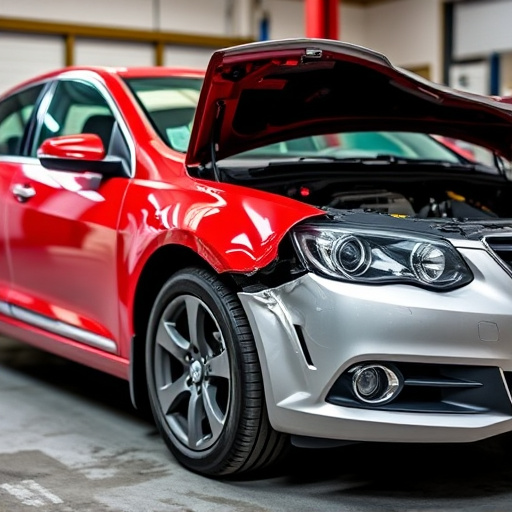
In modern vehicle designs, sectioning procedures play a pivotal role in both manufacturing and subsequent auto maintenance. As cars become increasingly complex, with advanced materials and intricate systems, overcoming the challenges posed by these procedures is essential for ensuring quality and reliability. One key strategy involves adopting digital technologies, such as computer-aided design (CAD) and 3D printing, to streamline the sectioning process. These tools enable precise measurements and customization, facilitating more accurate car body repair and reducing wastage.
Additionally, fostering collaboration between design, engineering, and manufacturing teams is vital. Integrated approaches ensure that sectioning procedures are seamlessly aligned with overall vehicle architecture, enhancing efficiency in automotive repair. Regular training sessions and updates on the latest sectioning techniques also contribute to the skill set of technicians, enabling them to tackle contemporary challenges effectively. Through these strategies, the automotive industry can navigate the complexities of modern car designs, ensuring optimal performance and safety through meticulous sectioning procedures.
In conclusion, modern vehicle designs present unique challenges for sectioning procedures due to their complex and advanced features. As vehicles evolve, understanding and overcoming these hurdles become essential for the automotive industry. By implementing innovative strategies, such as utilizing advanced cutting tools and digital design technologies, it’s feasible to streamline the sectioning process, ensuring efficiency and precision in contemporary car manufacturing. This approach not only addresses current challenges but also paves the way for future vehicle development.

